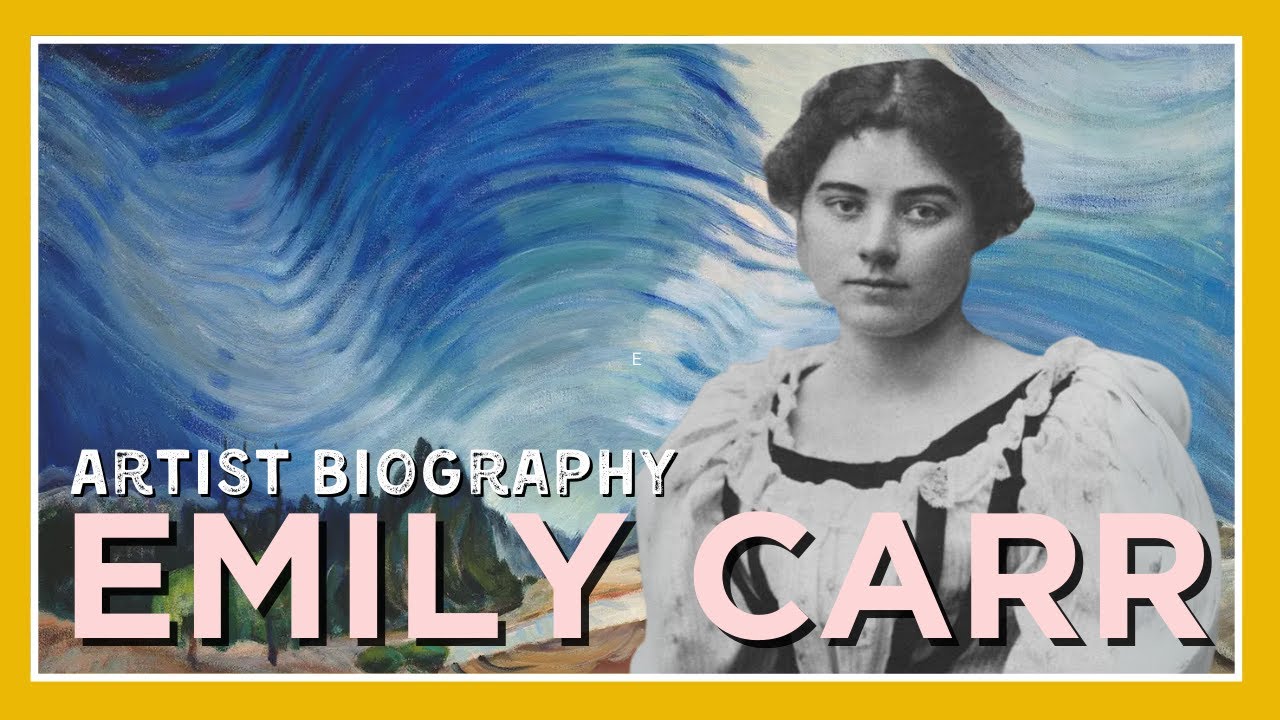
Robert Draws – Emily Carr saw more than just trees and hills in the vast forests of British Columbia. Her artistic vision captured the soul of a region often overlooked or misunderstood. With a deep respect for Indigenous culture and nature’s untamed beauty, Carr painted what many could not put into words. She ventured into the remote wilderness, carrying brushes and canvas, seeking the spiritual and visual essence of the Canadian landscape. Her commitment to art and authenticity transformed how Canadian identity is viewed through visual storytelling. In the moss-covered trees and towering totems, she found stories waiting to be told. Emily Carr did not just depict scenery; she interpreted an entire way of life and its harmony with nature. Her connection to the forest was profound, emotional, and inspiring for generations of artists and nature lovers alike.
Emily Carr saw the forests of British Columbia not as empty green spaces but as living, breathing entities. In her works, the trees twist, sway, and pulse with life. Her brush strokes captured movement and energy, portraying the forest as a place of sacred power. Rather than static backgrounds, her landscapes became characters in their own right. Emily Carr saw in the wilderness a language of its own, speaking through light, shadow, and the rustle of leaves. She often painted from memory, allowing her emotions to guide the colors and forms. These artistic choices gave her work a dreamlike intensity that transcended traditional landscape painting. The forest for Carr was a spiritual sanctuary, a cathedral of green, rich in secrets and stories. Through her perspective, what was often ignored or cut down was instead revered and honored, making her art a visual protest and celebration simultaneously.
“Read about: Millet’s ‘The Angelus’ Arrives in London, But the Real Shock Lies Beneath the Surface!”
Emily Carr saw Indigenous culture not as a subject to be copied but as a wisdom to be respected. Living among First Nations communities, she developed an admiration for their spiritual connection to the land. Totem poles, longhouses, and village remnants appeared frequently in her work, not as artifacts but as living symbols. Carr sought to understand rather than appropriate, often writing in her journals about the depth of meaning behind the images she painted. Emily Carr saw these sacred objects within their natural context, surrounded by forest and sky, enhancing their significance. Her art captured the solemn grandeur of Indigenous heritage in a time when such traditions were being erased or forgotten. While she was not Indigenous herself, Carr’s perspective challenged colonial narratives and pushed viewers to see the interconnectedness of people and place. Her canvases became a tribute to resilience and reverence, bridging artistic beauty with cultural truth.
“Read more: The Shocking Truth About How Poverty Breeds Human Trafficking Worldwide”
Emily Carr saw isolation not as a limitation but as a necessary path to creative freedom. While many of her contemporaries remained in cities or sought European influence, Carr immersed herself in nature and solitude. The remoteness of British Columbia offered her a quiet space for reflection and creation. Her time in the forest allowed her to experiment with bold forms and expressive lines that were rarely accepted in traditional galleries at the time. Emily Carr saw beyond the trends of her era, choosing authenticity over popularity. She often felt misunderstood but continued to paint what she believed in. This unwavering dedication brought a raw honesty to her work that continues to resonate. Her artistic bravery paved the way for Canadian modernism, even if recognition came late in her life. Through solitude, Carr found her voice and forged a style that was uniquely her own, wild and unwavering like the forests she loved.
Emily Carr saw her legacy not in fame but in the forest itself. Though she gained widespread acclaim late in life, it was the land that she considered her greatest collaborator. Her paintings live on not just in museums but in the collective memory of Canada, shaping how people see and value their environment. Emily Carr saw art as a bridge between human experience and natural wonder. Her legacy is carried by every artist who finds meaning in trees, every child who walks into the woods with wide eyes, and every soul who pauses to listen to the silence of the forest. By painting what others overlooked, Carr elevated the natural world to a place of honor. Today, her works remind viewers of the fragility and power of nature. The trees she painted still whisper through brushstrokes, urging humanity to see the world not just with eyes, but with spirit.